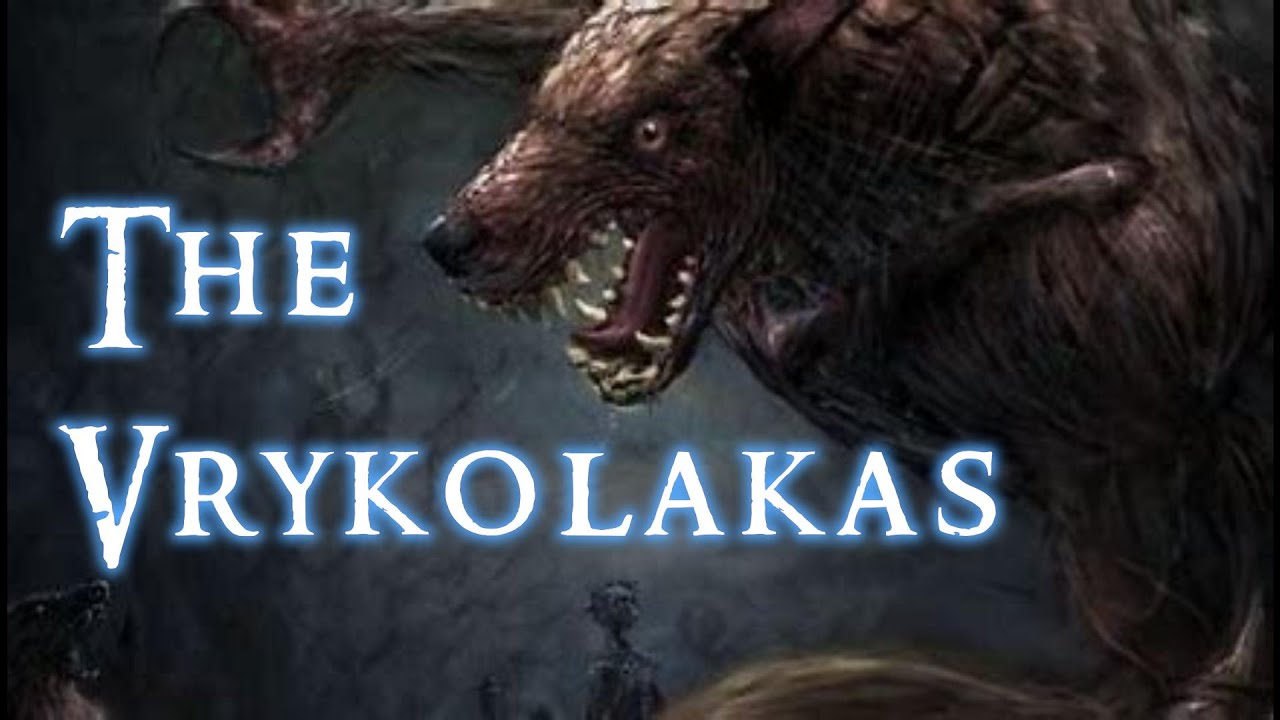
when Horror Yearbook – Greece has long been the birthplace of ancient myths and spiritual legends, but one of the most chilling stories buried in its folklore is that of the Vrykolakas. This creature stands apart from the romanticized vampires of Western lore. Rooted in fear and religious consequence, the Vrykolakas emerged as a terrifying figure in Greek culture. Unlike the pale aristocrats of Transylvania, this vampire was viewed as grotesque, bloated with stolen blood, and driven by rage.
Greeks believed individuals could transform into Vrykolakas if they led a sinful life, ate cursed meat, or received burial in unconsecrated ground. Excommunication from the church also carried the danger of rising as one of these undead. The tale continues to haunt local traditions even today. In rural areas, some households refuse to open their doors after a single knock, as legends warned that the Vrykolakas tricked victims this way. While science may dismiss these fears, the myth still grips the imagination of many.
Many stories of the Vrykolakas find their origin in the fear of death and punishment in Greece’s deeply spiritual society. Red-haired individuals with grey eyes were sometimes viewed with suspicion, thought to carry the cursed bloodline of betrayal from ancient religious tales. The Vrykolakas never resembled a graceful predator. Instead, it was described as pale and emaciated when starving, then grotesquely bloated after feeding.
Unlike other vampires, which remained powerful and dangerous, this one became most vulnerable when full, giving people a small window of hope to stop it. Ancient villagers in Greece believed these monsters returned to their graves every Saturday, only to rise again the following day. The behaviors ranged from ghostly wandering to outright destruction. Some stories even describe them breaking furniture, assaulting victims, or knocking on doors to trick humans into letting them inside. The legend survives today in subtle customs that reflect an inherited caution passed down through generations.
One of the most disturbing Vrykolakas accounts dates back to the 1950s and appears in a well-known vampire anthology. A loving couple struggled after the husband lost his job and spiraled into depression. Night after night, he disappeared until one day, he was discovered hanging from a tree at the edge of town. His wife, stricken with grief, began acting erratically.
Neighbors noticed her pale appearance and reclusive behavior. Eventually, she revealed that her dead husband had returned to visit her, knocking on the door and requesting his shoes. She let him in, and their nightly encounters resumed as if death had not come for him. For months, they shared a bed until she confessed her secret to the local priest. The man had taken his own life and been buried on unholy ground, meeting all the criteria to become a Vrykolakas. Concerned for the village, the priest took action and rallied the community to confront this supernatural threat.
The townspeople ventured into the cemetery where the husband was buried. They unearthed his body and found it intact but horrifically withered. The legend claims that when a wooden stake was driven into his chest, he groaned, confirming that something unnatural remained inside him. Some witnesses swore his body turned to dust while others described violent movements before he lay still. Regardless of which version prevailed, the villagers believed they had defeated the Vrykolakas.
But new fear replaced the old. The widow revealed her pregnancy, and rumors swirled about the nature of the unborn child. Had the Vrykolakas left behind a legacy, or was the woman simply delusional from trauma and isolation? No one knew for sure. Yet the fear persisted, infecting even the most rational minds in town. It was not just about a vampire anymore; it was about belief, morality, and what might happen when ancient legends intersected with personal tragedy and grief.
In modern Greece, while fewer people take these stories literally, the legend of the Vrykolakas remains an essential part of cultural storytelling. It serves as both a warning and a reflection of societal values. Fear of the undead was never just about physical harm but about spiritual consequence. Those who lived without faith or defied religious expectations were said to suffer an afterlife far worse than death. The tale of the Vrykolakas may seem like myth, but it still echoes in architecture, customs, and even pop culture. For instance, homes that resist opening their doors to strangers, or rituals performed over graves to protect the deceased, all reflect remnants of this ancient fear. Whether regarded as metaphor or fact, the Vrykolakas bridges the gap between spiritual discipline and supernatural dread. As long as Greece continues to treasure its legends, this vampire will never fully disappear from its history.
This article is sourced from authorlyngibson.wordpress.com and for more details you can read at horroryearbook
Writer: Sarah Azhari
Editor: Anisa